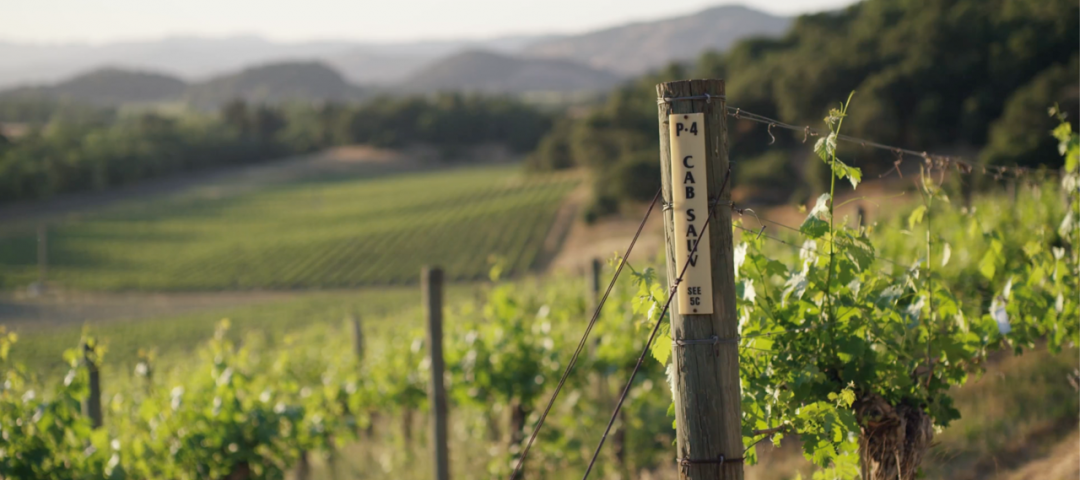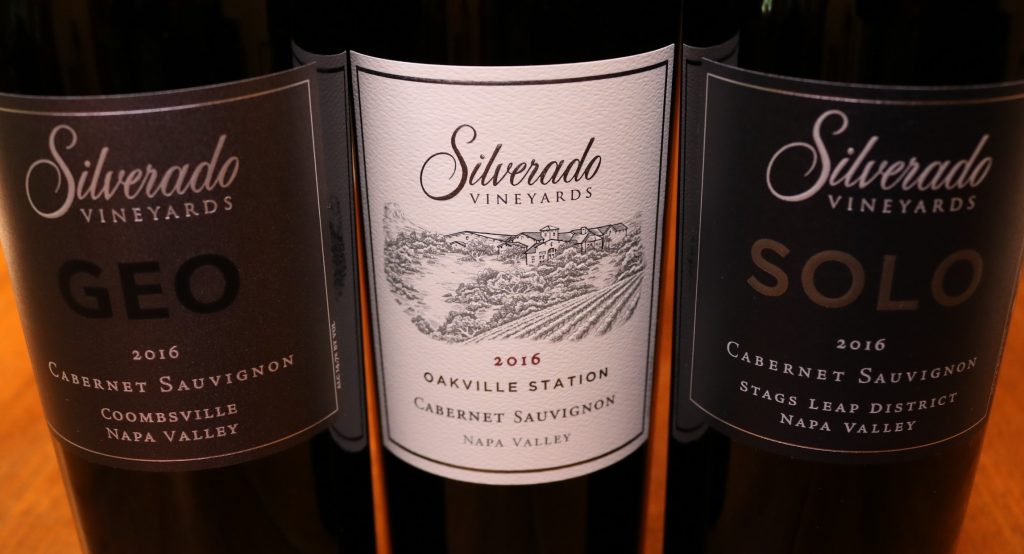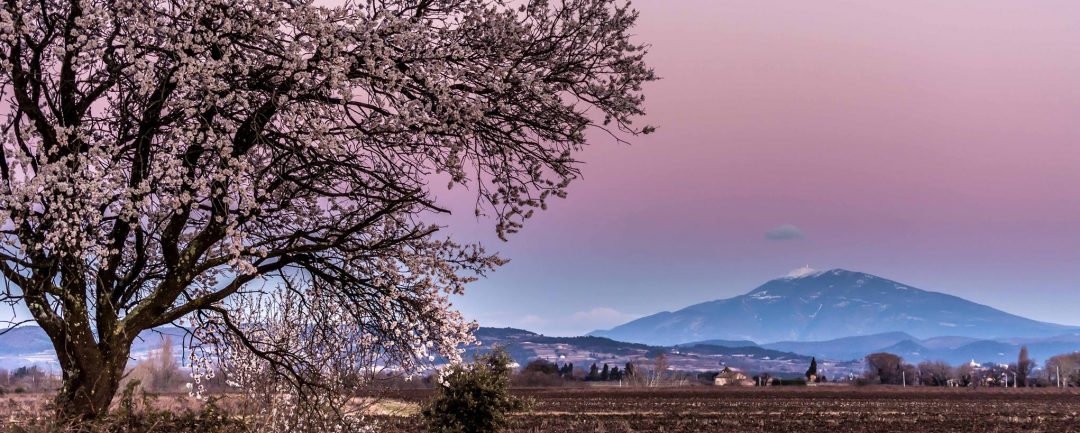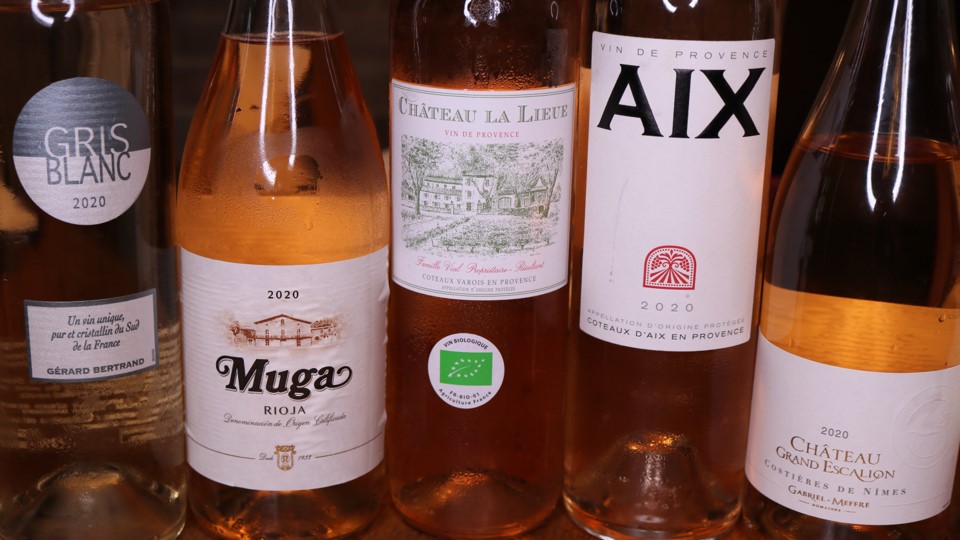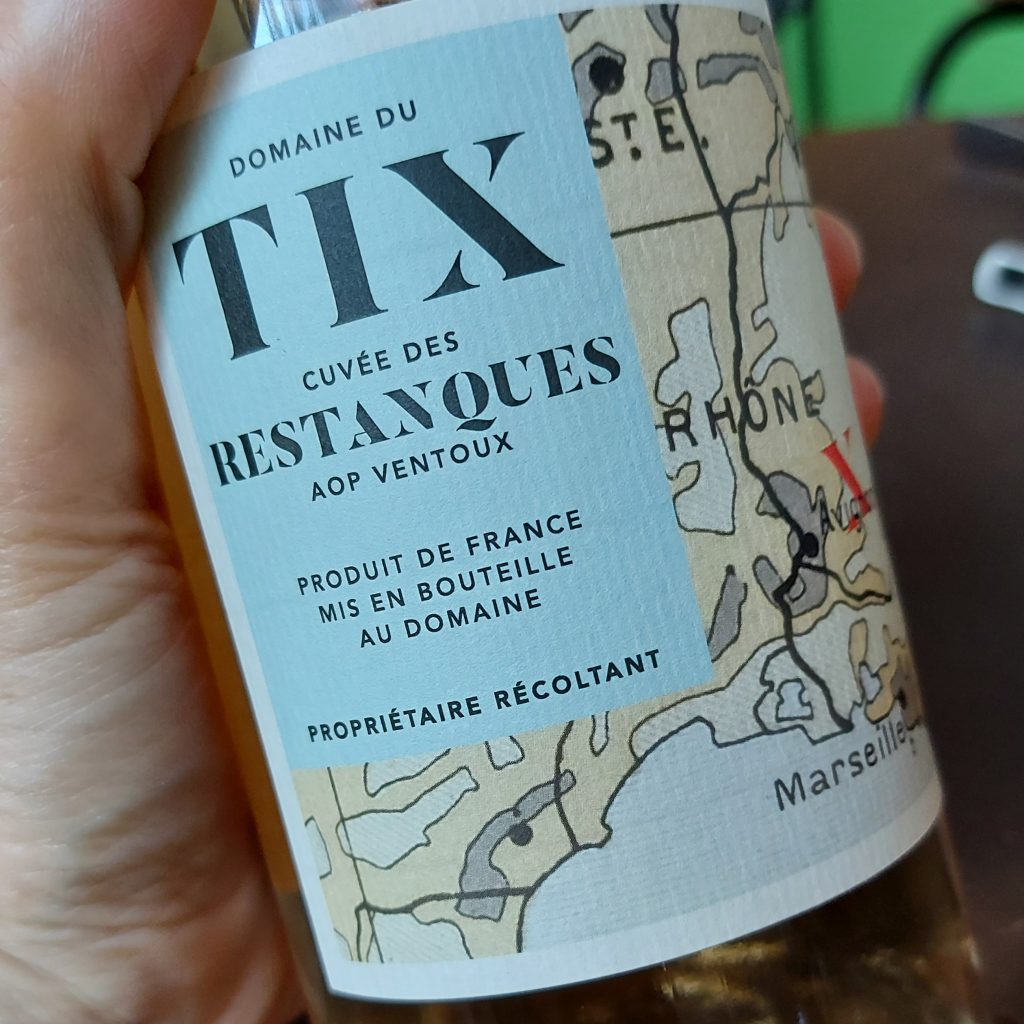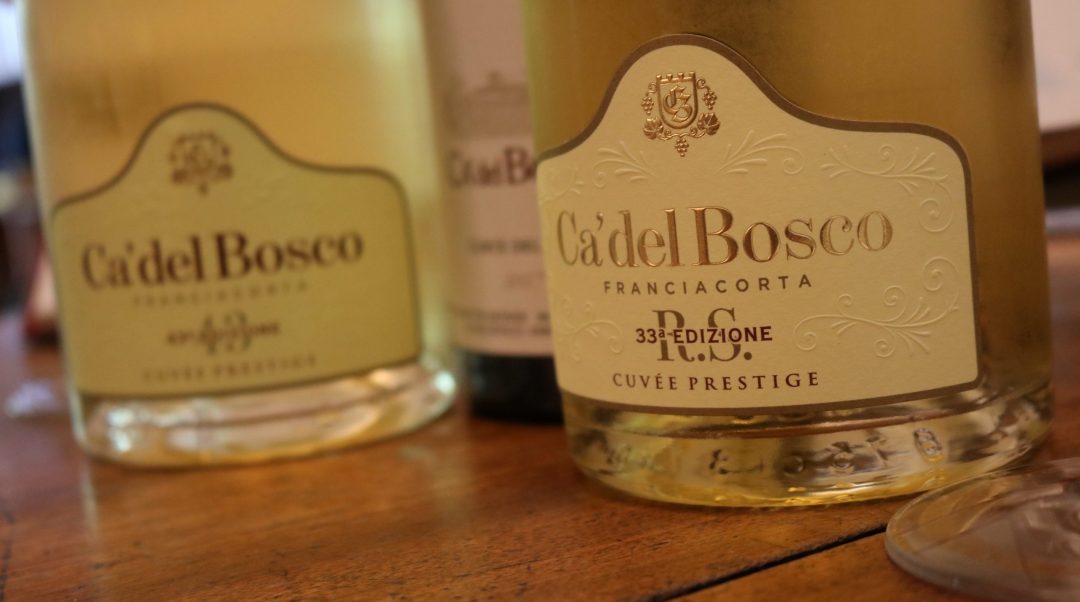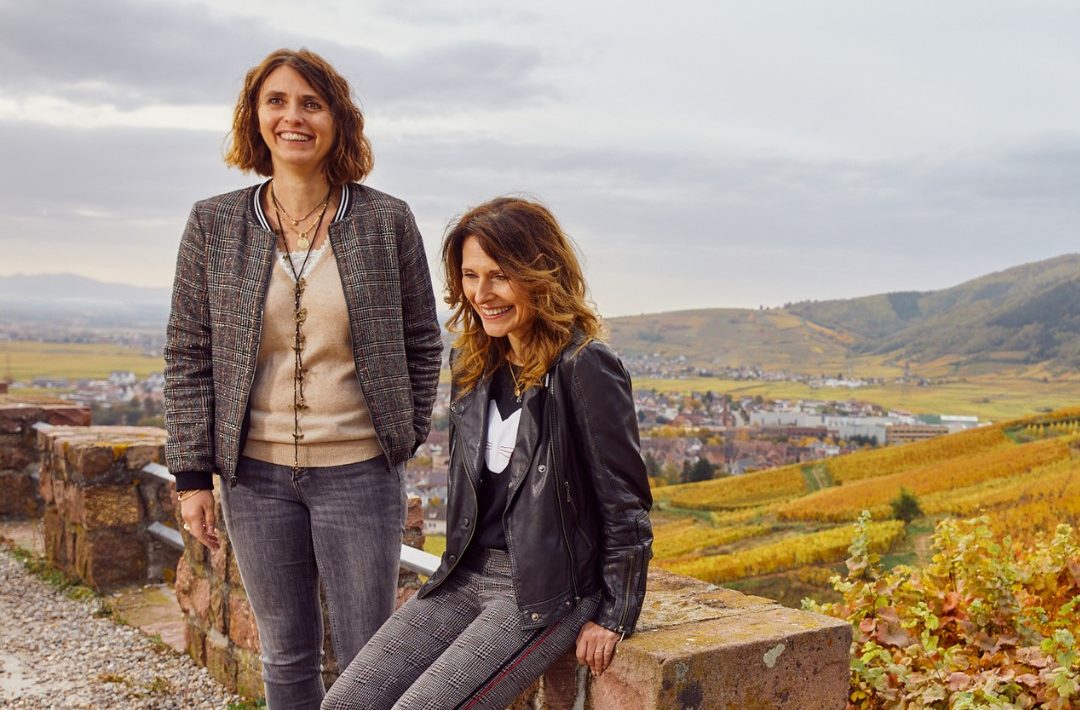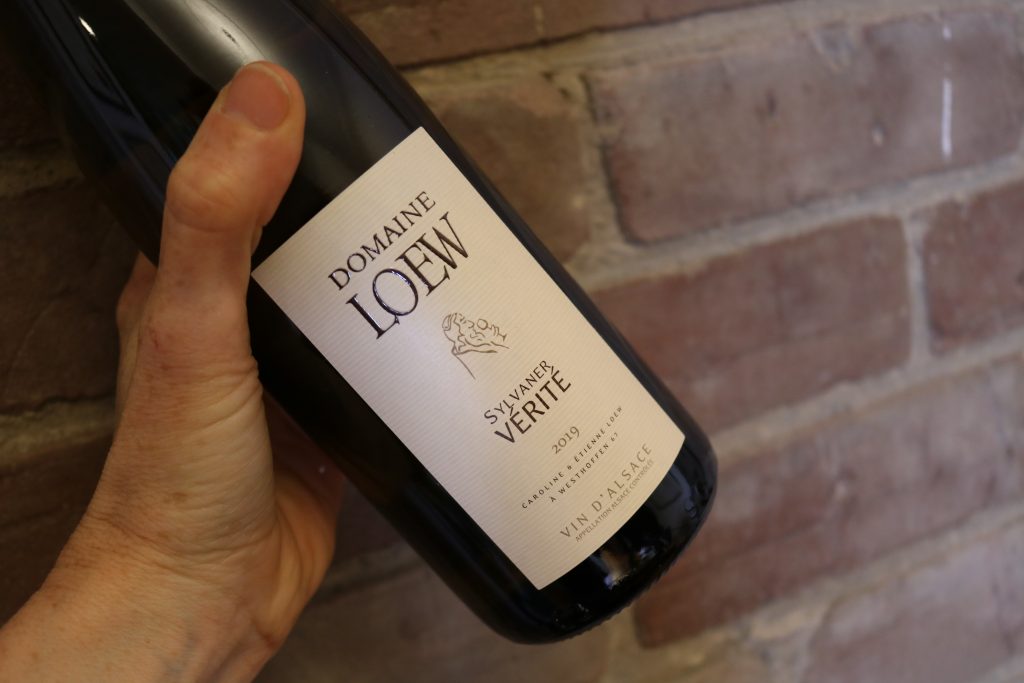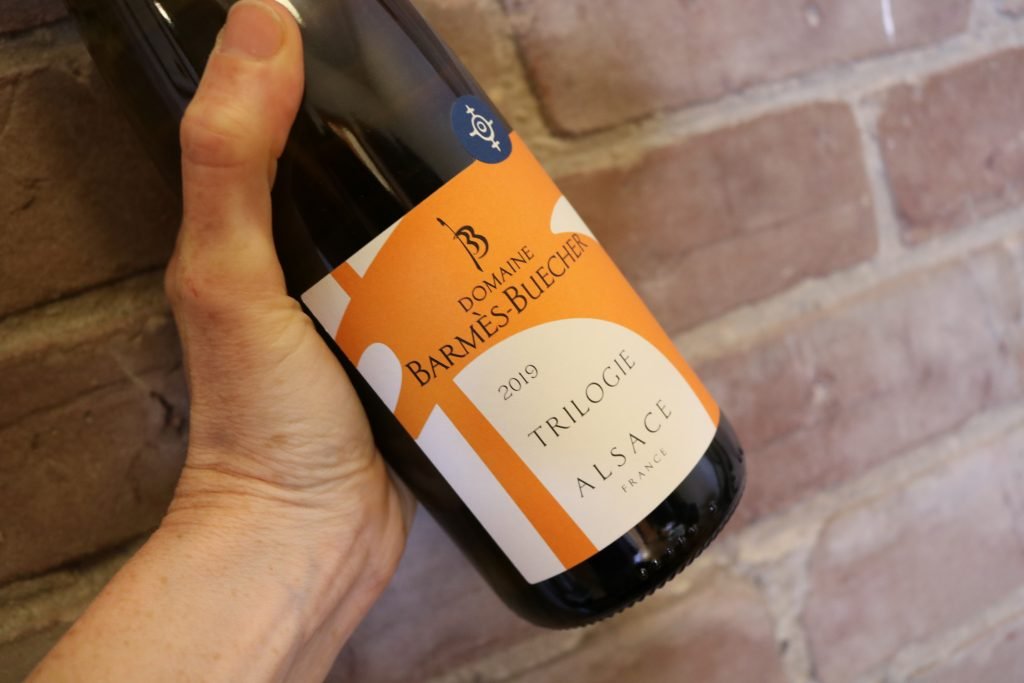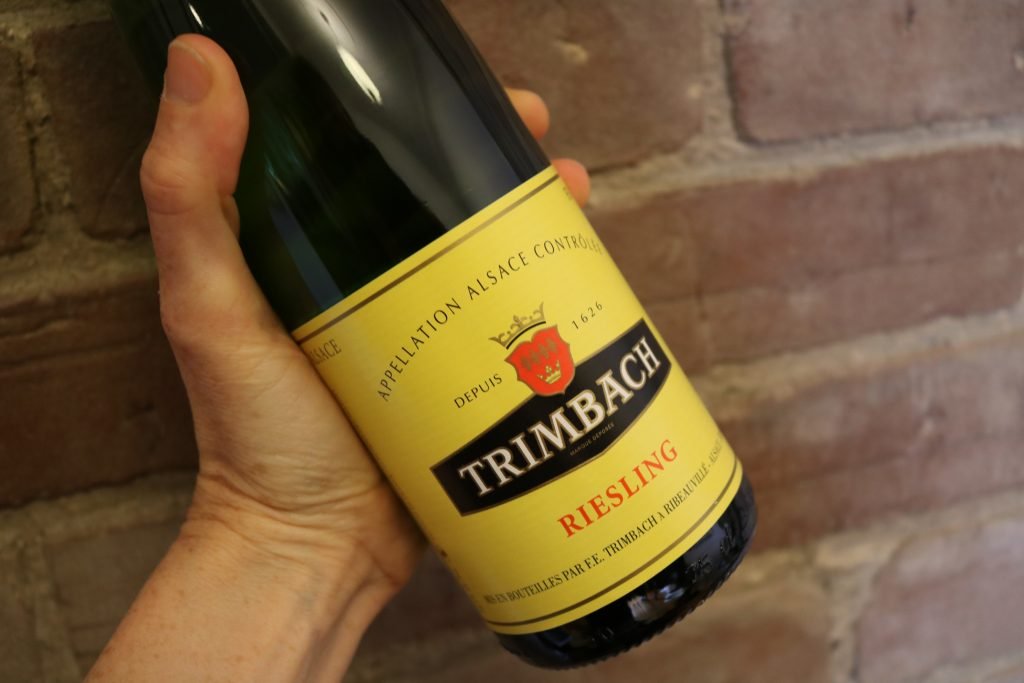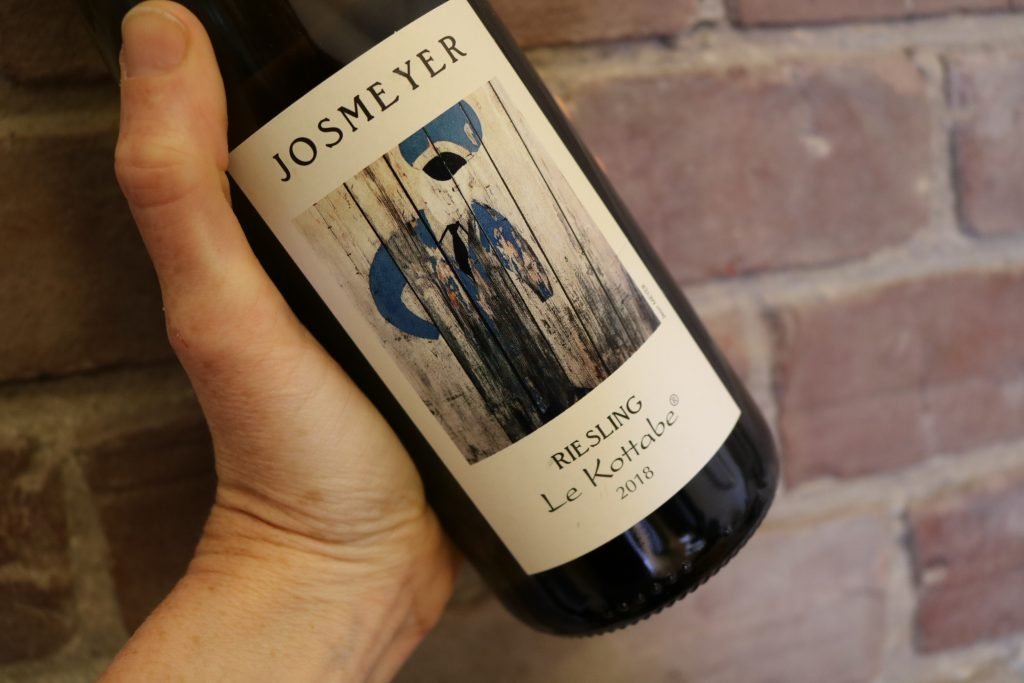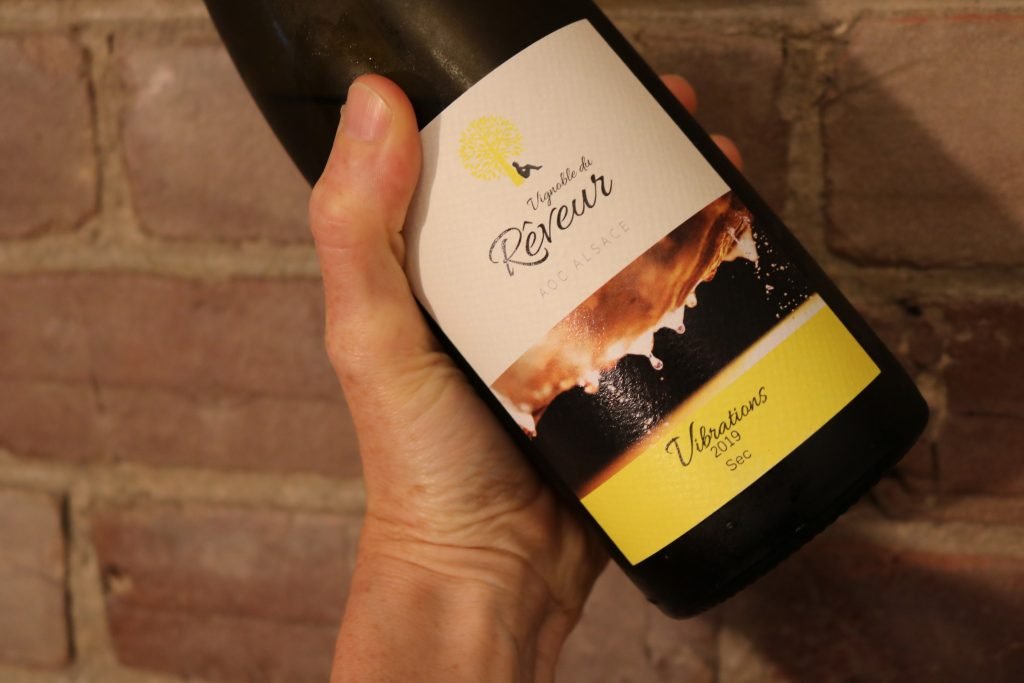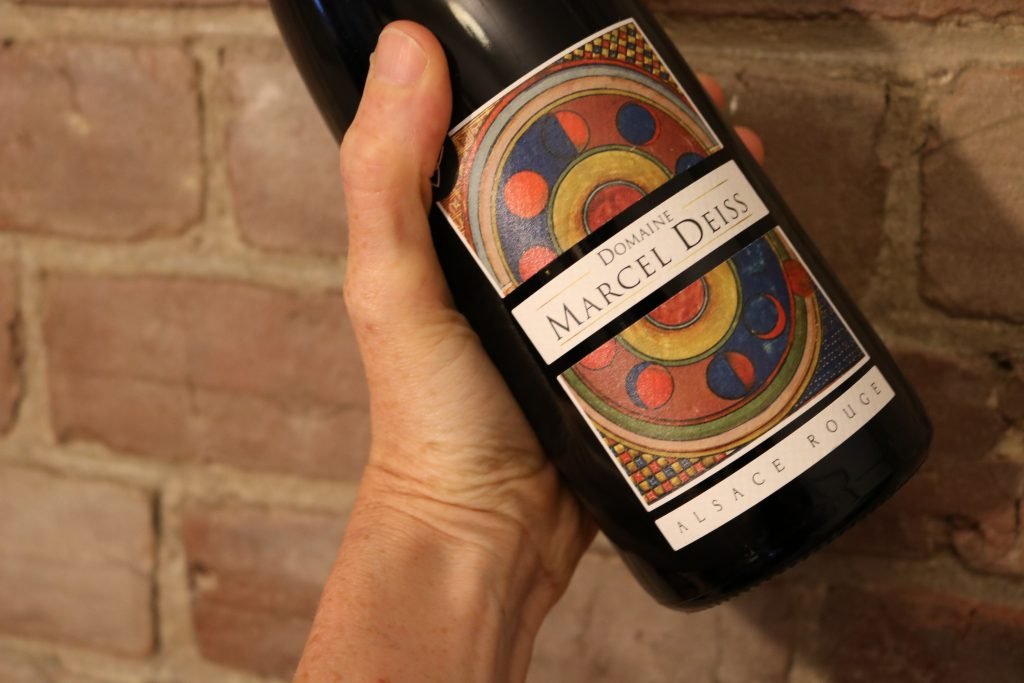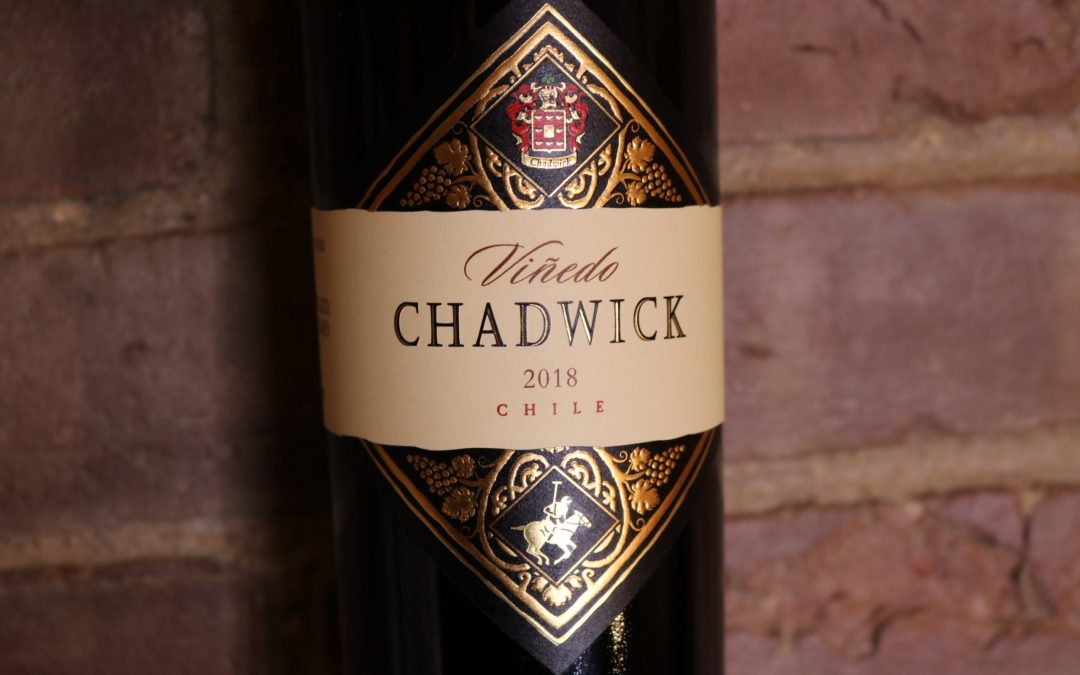Tasting a broad cross section of Napa Valley Cabernet Sauvignon terroirs is a fascinating experience. The region boasts a remarkable diversity of meso-climates, altitudes, vineyard orientations, and soil types. This equates to markedly different expressions of the grape from one AVA to another.
A few months back, I moderated a Napa Valley Vintners seminar exploring this subject. As a follow up, Silverado Vineyards kindly sent me wines from three separate Napa Valley Cabernet Sauvignon terroirs. They all hail from the same vintage and were vinified in a similar fashion.
Before we dive into the tasting, let me give you a bit of context on the Napa Valley.
A Broad Overview of the Napa Valley
The Napa Valley is situated 80 kilometres (km) north of San Francisco and 55 km inland from the Pacific Ocean, in northern California. While global regard for its wines is high, the region is actually very small. Napa accounts for just four percent of California’s annual output.
According to Napa Valley Vintners, there are 475 wineries in Napa, of which 95% are family owned. Over 30 different grape varieties are grown here in vineyards spanning some 18,600 hectares. Cabernet Sauvignon is the undisputed star, with over half the Valley’s plantings dedicated to this late ripening variety.
The Unique Geography of the Napa Valley
The Napa Valley is nestled between the Mayacamas Mountains to the west and the Vaca Range to the east. Vineyards range in elevation from sea level to over 800 metres in altitude. The valley floor is almost 50 km long, but only eight km wide at its maximum width.
Due to its varied topography, among a myriad of other differentiating factors, the Napa Valley has been separated into 16 sub AVAs (American Viticultural Areas). These are sometimes referred to as “nested AVAs” as they fall within the broad Napa Valley AVA designation. In order to use a specific sub AVA on a wine label, a minimum of 85% of the grapes must come from the area in question.
The soils of the Napa Valley have both marine and volcanic origins. The valley was formed by tectonic plate movement dating back over 150 million years, culminating in the San Andreas Fault. This system provoked volcanic activity, with its resultant magma forming a new type of bedrock in the region.
Subsequent erosion and intermingling has led to three major soil categories: fluvial, alluvial, and mountain. The valley floor is made of deep, fertile silt and clay deposits from the river banks (hence fluvial). The benchlands are alluvial fans of gravel, sand, and silt washed down from the mountains to the valley. Finally, the shallow, rocky, nutrient-poor mountain soils are derived from decomposed primary bedrock.
The Climate Contrasts of the Napa Valley
The Napa Valley has a dry, sunny Mediterranean climate. Average summer daytime highs range from 27º Celsius (C) in southern Napa Valley to 35º C in the north. Night time temperatures are substantially cooler, notably in the southern parts of the valley. Thermostat readings can plunge to just 12º C here on especially cool nights. This is due to the proximity of San Pablo Bay to the southern vineyards, bringing cooling breezes and overnight fog.
This regular, dense fog is caused by hot air in California’s interior valley rising and drawing in cooler, moist air from the Pacific Ocean. The Chalk Hill Gap also brings patches of fog, and thus a cooler meso-climate to parts of Calistoga in northern Napa Valley. However, in general terms, the southern valley floor is cooler than the low-lying northern vineyards.
Altitude and vineyard orientation also play major roles in shaping a Napa Valley vineyard meso-climate. Temperatures in many mountain AVAs can be 5º C cooler than valley floor sites. That being said, higher altitude sites above the fog line do not experience the same diurnal variations so tend to have cooler days but warmer nights, making for more even conditions.
Finally, east vs. west facing vineyards can also show significant differences in climate. The eastern benches and slopes receive the slightly more timid morning sunshine, and are shaded from the afternoon heat. In comparison, western facing areas are exposed to abundant afternoon sun, giving riper, more opulent wines.
Comparing Three Napa Valley Cabernet Sauvignon Terroirs
Silverado Vineyards Cabernet Sauvignon, Oakville Station, 2016 – 90pts. LW
The vineyard for this cuvée lies on the western edge of the Oakville sub AVA, within the revered, gentle slopes of the To Kalon site. Oakville is a moderately warm growing area. Situated mid-way up the valley floor, the cooling effects of the coastal fogs are less dramatic here.
The 2016 Oakville Station has intense, ultra-ripe aromas of cassis and dark plum mingled with nuances of cedar, pencil shavings, and potpourri. The palate is full-bodied, with a mouth coating density, and a concentrated core of sweet dark fruits, mocha, cedar, and spice, ably balanced by fresh acidity. Ripe, rounded tannins provide a good framework. Finishes on a warming, sweet fruited note, with marked oaked flavours of cedar and spice.
Where to Buy: Inquire with agent Vinéo. Winery price: $90 USD.
Silverado Vineyards “Solo” Cabernet Sauvignon, Stags Leap District, 2016 – 94pts. LW
The Solo cuvée is named for the heritage clone of Cabernet Sauvignon used here. The Stags Leap terroir is separated from the rest of the valley floor vineyards by the Stags Leap Palisades, which form its eastern boundary. Brisk marine breezes flow through the area in the afternoon, tempering the heat generated by the sunny west-facing slopes and reflective shale soils.
The 2016 Solo cuvée has an alluring nose of ripe dark fruits and dark chocolate, with well integrated cedar spice and refreshing eucalyptus notes. The weighty, powerfully structured palate is lifted and lengthened by its vibrant acidity. Persistent flavours of dark chocolate, tangy dark fruit, and sweet tobacco adorn the finish. Drinking well now, though the freshness, depth, and fine-grained tannins suggest fine moderate term cellaring potential.
Where to Buy: Inquire with agent Vinéo. Winery price: $125 USD
Silverado Vineyards “Geo” Cabernet Sauvignon, Coombsville, 2016 – 92pts. LW
Among the more recently named sub-AVAs of the southern Napa Valley, Coombsville has significant overnight cooling from the San Pablo fogs. The “Geo” Cabernet Sauvignon is sourced from Silverado’s Mt. George plot, one of the oldest vineyard sites in the area. The area lies in an alluvial fan of the Vaca Mountains, giving deep, gravelly soils of volcanic origin.
Heady aromas of macerated red berries and black plum on the nose, with underlying tobacco, baking spice, and cedar notes. On the palate, the 2016 Geo has a similarly potent, yet lively character reminiscent of the Solo cuvée. However, here the dark fruit flavours are a shade sweeter and the oaked overtones more present. Ripe, muscular tannins structure the finish nicely. Needs a few years cellaring to knit together further and soften.
Where to Buy: Inquire with agent Vinéo. Winery price: $75 USD.
Cover photo credit: Silverado Vineyards

